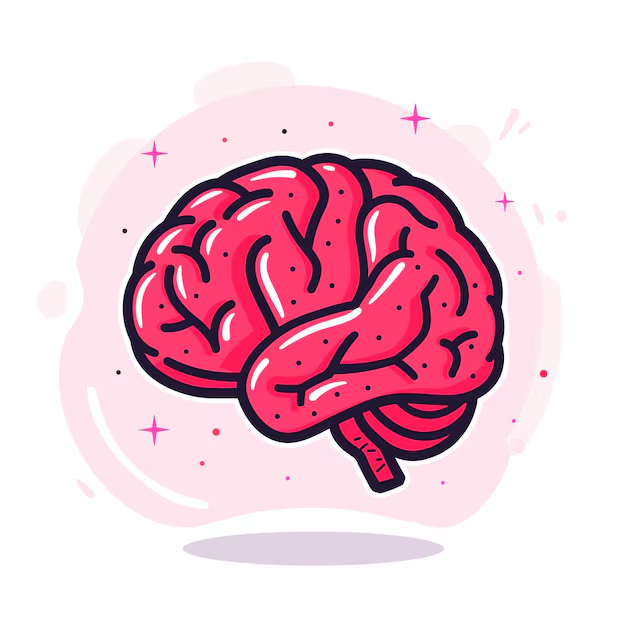Brain Digital Slide Archive
Overview
The development of AI and ML models for neuropathology is often hindered by the scarcity of highquality, well-annotated training data. Insufficient data makes it challenging to train robust models, resulting in suboptimal performance and impeding progress in research.
The Brain Digital Slide Archive (BDSA) project aims to address these challenges by enabling the integration of AI into neuropathology. BDSA is an international collaboration of research institutions, working to design a federated system for sharing neuropathology slide images and annotations. The project focuses on developing tools that facilitate seamless sharing of slide images between partner institutions and streamline the annotation process. These annotated datasets will inform AI models capable of accurately segmenting and detecting anomalies in neuropathology images, thereby accelerating research and innovation in the field.
The methodologies and tools developed through the BDSA project have applications far beyond neuropathology. The same federated systems and AI-powered approaches can be adapted for use in other domains that rely on large-scale image analysis and annotation, such as oncology, radiology, and other areas of medical imaging. Addressing foundational challenges in data sharing and annotation, the BDSA project has the potential to drive AI innovation across a broad spectrum of disciplines.
Objectives
- Create Federated Databases: Establish a set of interconnected databases hosted on multiple servers at different research institutions. These databases will store annotated brain matter slides, making them accessible to authorized researchers.
- Enable Secure Sharing: Implement secure data-sharing protocols to ensure that only authorized personnel can access the slides. This will protect sensitive data and maintain patient confidentiality.
- Facilitate Collaborative Research: Allow researchers from different institutions to view and annotate brain slides using the Digital Slide Archive, fostering collaboration and accelerating scientific discoveries.
- Enhance Slide Annotation: Utilize DSA’s advanced tools to annotate brain matter slides with precision, making it easier to identify and study various brain structures and abnormalities.
Key Features
- Federated Database System: The project will set up databases on multiple servers, each hosted by a participating research institution. These databases will be interconnected, allowing seamless data sharing while maintaining local control.
- Digital Slide Archive (DSA): DSA will be used as the primary tool for viewing and annotating the slide images. Its user-friendly interface and powerful annotation capabilities make it ideal for detailed brain matter analysis.
- Data Security and Privacy: The project will implement robust security measures, including encryption and access controls, to ensure that the data is protected and only accessible to authorized users.
- Inter-institutional Collaboration: Researchers can access and contribute to the federated database from their respective institutions. This collaboration will enable cross-institutional studies, leading to more comprehensive research outcomes.
- Scalability: The system will be designed to accommodate additional institutions and researchers over time, ensuring that it can grow as more collaborators join the network.
Benefits
- Improved Research Efficiency: Researchers can quickly access a wide range of annotated slides from multiple institutions, reducing the time and effort needed to gather and analyze data.
- Enhanced Collaboration: By sharing annotated slides, institutions can work together on complex research projects, combining expertise and resources to achieve better results.
- Accelerated Discoveries: The ability to annotate and share brain matter slides in real-time will speed up the research process, potentially leading to faster breakthroughs in understanding brain disorders and developing new treatments.
Conclusion
The Federated Brain Digital Slide Archive project will revolutionize how research institutions collaborate on brain matter studies. By using the Digital Slide Archive and creating a network of federated databases, this project will enhance data sharing, improve research efficiency, and accelerate scientific discoveries in brain research.


